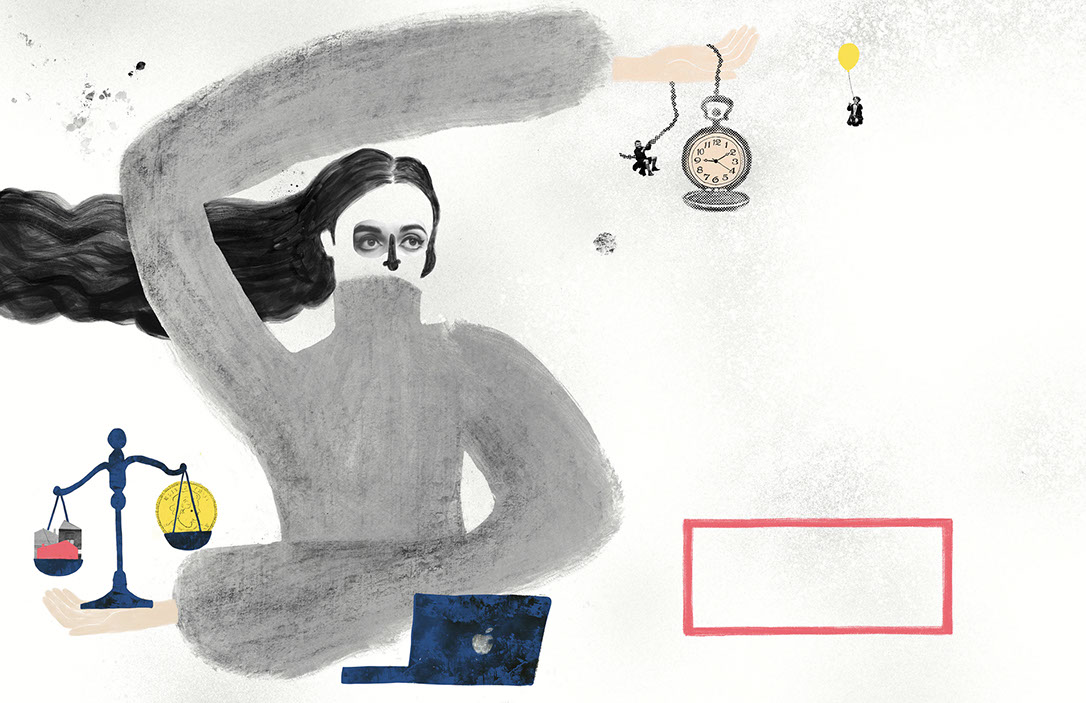Educators are teaching and working
in unprecedented circumstances,
finding creative ways to support their
students’ learning, and just as importantly,
their mental health and well-being.
Imagine this — you are an educator in a classroom full of 30 students, most starting school for their first time, in a global pandemic. You are also playing many other roles in your life, including parent, partner, child, and friend. You likely have additional stressors such as a second job, illness, etc. Your threat bucket starts to overflow as the requests and needs surmount. You are then encouraged to dive into self-care practice, but there is just no time or energy left. It is likely that many children around the world are feeling the same pressure from wearing masks, changing learning modes, and absorbing the stress caregivers are feeling. In addition, families must also be feeling the crunch as they send their children into the unfamiliar, all while trying to meet the rest of the expectations placed on them.
This act of perspective-taking is a major component of empathy. Empathy is a skill best learned by feeling it so we can reproduce it. It can be practiced, strengthened, and expanded. Empathy is also feeling someone else’s pain and/or perspective-taking, a precursor to compassion, which equates to empathy in action.
I find the platinum rule works best in any environment: “treat others the way they want and need to be treated.” To implement this platinum rule, there must be awareness or cognitive empathy, acknowledgement or emotive empathy, and active listening or empathetic action. As an educator, it is important to promote empathy within the classroom by incorporating students’ experiences and drawing on them as a strength and support, which translates into an inclusive and equitable learning environment. There are various ways to promote empathy in the classroom, and I will be providing you with what has been the most successful for us.
Firstly, in order to identify how students feel, they must be able to label emotions. We aim to identify feelings by giving them a colour from The Zones of Regulation curriculum. The Zones consist of four coloured zones that are associated with traffic signs, teaching about emotions, self-control, and self-regulation.
Here are some examples to support empathy,
including The Zones of Regulation, in your
learning environment.
– Create a sensory-break centre in your classroom and include strategy cards with fun characters such as Pokémon.
– Emotion Show and Tell: We play various movie clips then ask about the emotion displayed and what strategy could be implemented. For example, in Finding Nemo, Nemo is excited, but Dad is nervous. This shows students that emotions are universal. There are also many printable card games connected to the movie Inside Out, which also has a great association with emotion recognition.
– Checking in every morning, perhaps during attendance, and set the tone by simply posing the question, “How do you feel today?” or asking students to place a visual emotion card into their attendance pocket or the zone they identify with. This allows you to approach the child separately and does not put the child under pressure.
– Role model, role play, and open discussion: posing scenarios by beginning with, “This happened to me…” and offering solutions. Ask open ended questions to spark conversation. Ask questions such as, “How do you think I felt then?” “Why do you think they did that?” Create a Zones of Regulation problem solving wheel and implement it consistently with your students.
– Hold a class meeting to develop and reflect on classroom rules that highlight respect, diversity, and equity. This can be brainstormed as a classroom family and then posted, preferably with visuals. If possible, ask students to sign off together. Another favourite activity is developing a promise chart and posting art reflections around it.
– Reading is a powerful way for students to see situations from different perspectives. Some great reads include The Invisible Boy, Those Shoes, We’re All Wonders, I Am Love, We Are Grateful (Otsaliheliga), and Malala’s Magic Pencil. Students in our classroom explore creativity with their own book-making skills, including emotion books.
– The two M’s: mindfulness and meditation. We enjoy belly breathing as well as incorporating various yoga poses. The mindfulness acronym S.T.O.P. has been a big success in our classroom: S-Stop, T-Take three deep belly breaths, O-Observe by tuning into sensations, surroundings, and emotions. Label your emotions. P-Proceed, carry on with more awareness. We have placed several S.T.O.P. signs throughout the learning space and rotate them weekly.
My capacity for empathy has most definitely strengthened over the years. It has allowed me to build social awareness and build connections with others. It has helped amplify other viewpoints and is continuing to be a journey of learning each day. By honing a growth mindset, doors open to new perspectives, barriers, and struggles that many are facing. It is with gratitude that I say that during my struggles, I have had the honour of connecting with and being surrounded by many people who have taught me the true meaning of empathy.
My hope is that we embrace empathy in our lives by taking time, effort, intention, and choice as we navigate through this highly complex road we call life. I am a constant work-in-progress, but wouldn’t have it any other way.
With gratitude to all the healers among us.

